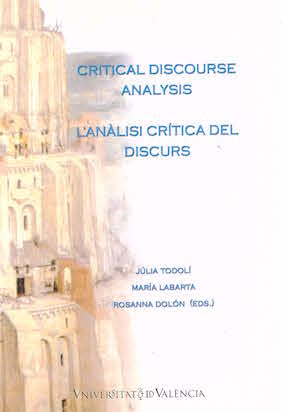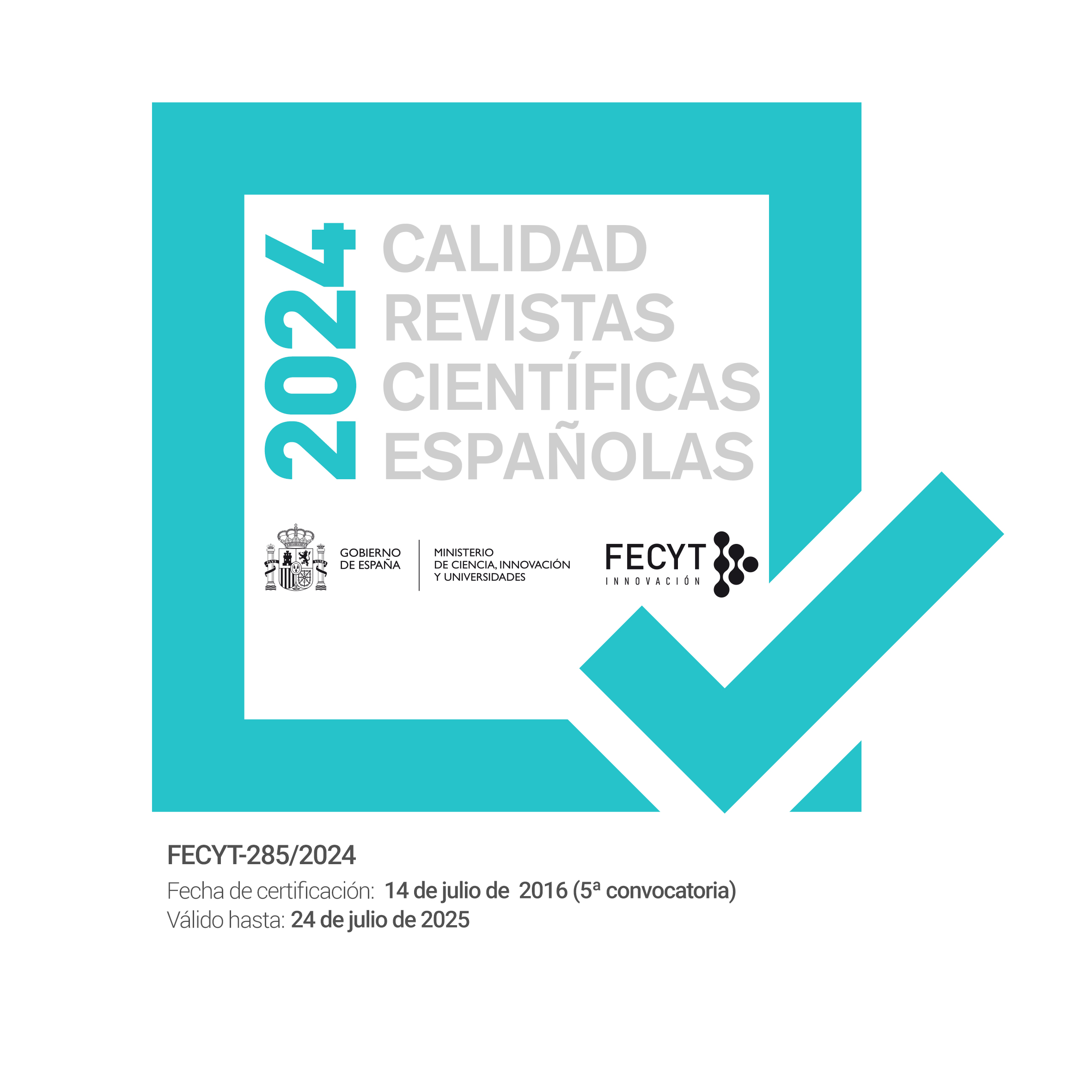Affordances for Empowerment: a pedagogical, analytical and heuristic tool for textual and discoursal uncloaking
DOI:
https://doi.org/10.7203/qfilologia.11.5047Palabras clave:
Análisis Crítico del Discurso, Alfabetización Crítica, naturalización Resumen
Resumen
El artículo presenta una herramienta pedagógica, analítica y heurística para el análisis crítico de textos y discursos, dentro del marco llamado Critical Literacy. Este marco se fundamenta en una orientación socioconstructivista del lenguaje y en las perspectivas teóricas del Análisis Crítico del Discurso y la Critical Literacy. La intención del artículo es ofrecer a los profesores una herramienta docente para usar con los estudiantes en diferentes clases (inglés, estudios de los medios la comunicación, la alfabetización, etc.) con objeto de alertarlos y concienciarlos de las maneras, muy a menudo opacas, con que los individuos construyen, entienden y representan la realidad a través del lenguaje. Se tiene en cuenta el potencial analítico de un marco teórico como este y se presentan recomendaciones sobre la suyas aplicaciones pedagógicas.
 Descargas
Descargas
Descargas
Publicado
Cómo citar
-
Resumen583
-
PDF139
Número
Sección
Licencia
 Este obra está bajo una licencia de Creative Commons Reconocimiento-NoComercial-SinObraDerivada 4.0 Internacional.
Este obra está bajo una licencia de Creative Commons Reconocimiento-NoComercial-SinObraDerivada 4.0 Internacional.
Los autores que publican en esta revista están de acuerdo con los siguientes términos:
- Los autores conservan los derechos de autor y garantizan a la revista el derecho de ser la primera publicación del trabajo al igual que licenciado bajo una Creative Commons Attribution License que permite a otros compartir el trabajo con un reconocimiento de la autoría del trabajo y la publicación inicial en esta revista.
- Los autores pueden establecer por separado acuerdos adicionales para la distribución no exclusiva de la versión de la obra publicada en la revista (por ejemplo, situarlo en un repositorio institucional o publicarlo en un libro), con un reconocimiento de su publicación inicial en esta revista.
- Se permite y se anima a los autores a difundir sus trabajos electrónicamente (por ejemplo, en repositorios institucionales o en su propio sitio web) antes y durante el proceso de envío, ya que puede dar lugar a intercambios productivos, así como a una citación más temprana y mayor de los trabajos publicados (Véase The Effect of Open Access) (en inglés).




